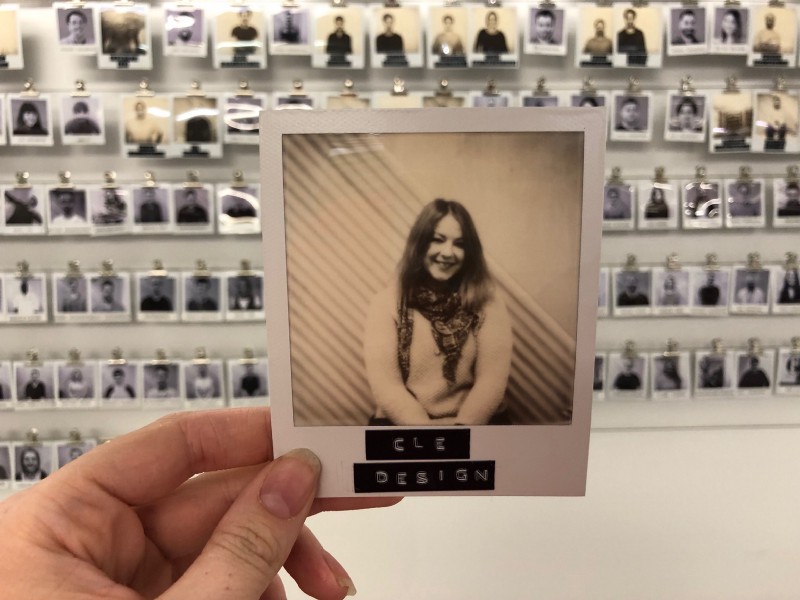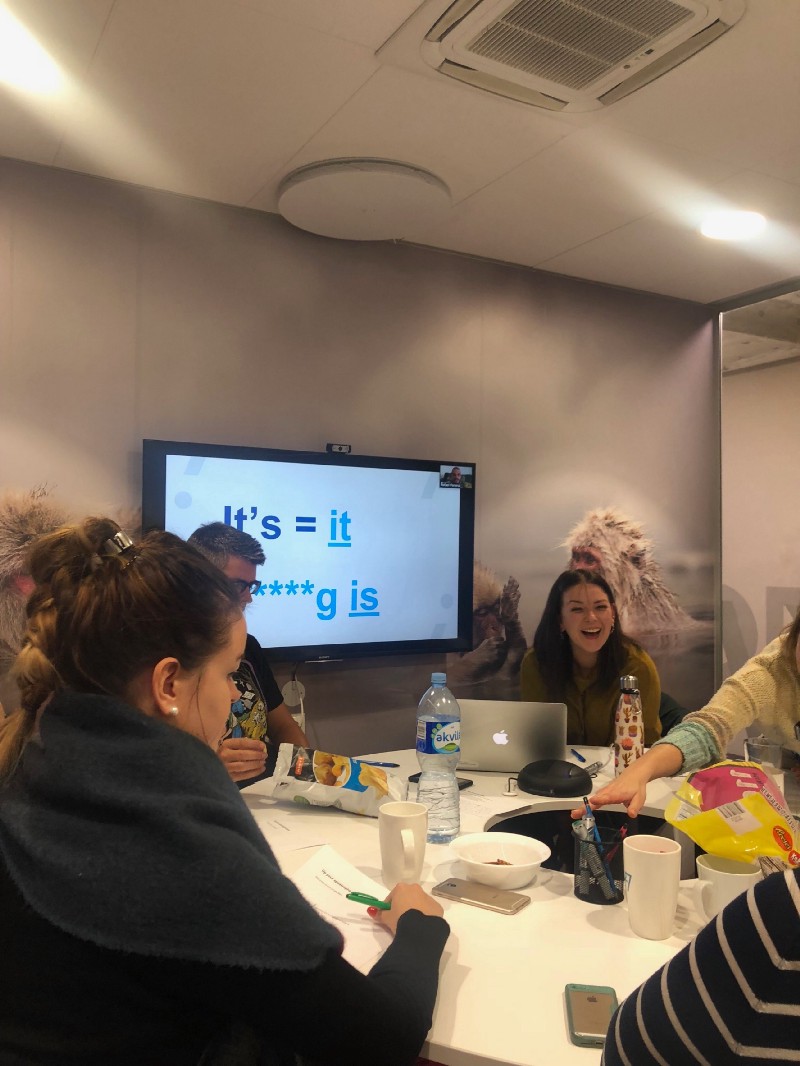Application and Interview Tips for Engineering Managers - TransferWise
If you’re reading this there’s a good chance you’re thinking of applying or have already applied to TransferWise - which is great news! Here’s a handy guide...

Picture the scene. You’ve just joined one of the fastest-growing tech startups in the UK. You’re employee number 899.
As the first writer they’ve hired, you’re tasked with retro-fitting a writing practice to a global business that’s been running incredibly successfully without a writing practice for six years.
Reader, that was me in 2016.
Here’s how I built the writing team at Wise and maintained my sanity.
For the uninitiated, working in tech is equal parts exciting and unnerving. My advice is this: take a deep breath. Work out who’s writing (spoiler: it’s everyone). Get to know product teams. Build your relationships with PMs, devs, designers, and marketeers. Put meetings in with people who might become advocates — you’ll know them when you find them. Say yes to coffees. Explain what you do. Take the time to understand how everything fits together.
I tell you this, because if you can’t understand what you’re working with, you can’t help new hires understand it either.

Me on day one, wondering where all the briefs went.
For most UK startups, writers are a luxury, a novelty, or both. Your colleagues probably don’t know how you can add value. They might even see you as a blocker.
So listen up: your job is no longer solely about writing. It’s about proving why good writing matters. In a data-driven business, you’ll need to show, not tell. Demonstrate that when you change the words, you change the numbers.
Start small. A quick and dirty way to get data is A/B testing subject lines. So if you’re the first writer in, immediately befriend whoever runs your emails or notifications. Social copy is quick to do, and easy to iterate too. In both cases, you should be able to isolate the impact of words.
Most importantly, buddy up with your product designers. Help them understand that good writers think like good designers, and that you should be working in partnership. Ask them what they’ve got on the table this quarter, and see if you can fit into their work.
Ideally, insert yourself in one sizeable project that you can do well. Be clear about what problem it solves, and what metric it moves.
Once you have results under your belt, make sure teams know about them. Explaining your method and your thought process is critical, so document everything. Not only does this help teams understand what you do, it also helps them understand the problems you solve. It teaches the terminology of your craft, and illustrates what you can and can’t own.
Keep quant data front and centre. Did your work cut contacts, improve task completion, change dwell time, increase conversion? How much money did it make or save? Work with an analyst if you can. Upskill on your in-house analytics if you can’t. If you’ve got UX researchers to work with early on, great! If you don’t, scour customer service logs and the internet for feedback on your work — Twitter’s a good place to start. If you find any, good or bad, take a screenshot.
Make sure you present results to the company in a way people can understand. Share decks in Slack. Talk at town halls or all-team calls. Go to design crits. Be an active part of Slack conversations involving language or content. Run writing workshops not only to scale your impact, but also to get your face in front of people. Be consistent, intentional, and educational.

LOLs at a writing workshop in Tallinn.
All of this can feel like a long slog, particularly if you’re struggling with reactive working, or you’re in a high-growth business. But stick with it. Once you’ve proved you can have impact, people will start to notice.
So let’s assume you’ve proved your worth and you’re given some headcount. Your next job is to work out where to hire. For me, this was slightly more art than science. And there’s one rule I lived by — where’s the noise?
By this, I mean, where’s the biggest opportunity for your new hire to have an impact? Which areas of your product make customers call support? Is there a team consistently asking for help, and have you interrogated why that is? Find out which markets you’re launching in next. Could you get a writer in early here?
Wherever you hire, be realistic. A good writer can do a lot of things, but they’ll need a receptive team around them. They can’t fix bigger UX problems or a disjointed product experience, and you shouldn’t expect them to. So when you place your first few hires, try and give them a controlled environment; one that combines team support, opportunity for impact, and clear boundaries.
Now, the fun part.
Your first few hires need to be solid all-rounders. That rare breed of writer who flourishes in absence of a brief, and is happy to apply their skills broadly and without discrimination.
Here’s what I looked for in candidates.
Portfolios that were varied, rather than specialised — emails, long copy, microcopy, social, campaigns, headlines, and landing pages. I looked for writers with enough digital or product expertise to care about usability. But enough flair and invention to turn their hands to campaigns.
In the absence of digital expertise, I looked for writers who’d worked in regulated industries; on policy documents or technical guides. I’m incredibly fond of these sorts. They’re masterful at getting rid of jargon. And they’re exceptional at guiding readers through complex processes with clarity, precision, and brevity.
And the bonus ball…writers who were able to scale their impact. I looked for people who’d run writing training and workshops, or written style guides and glossaries.

The team in October 2018 — we’ve added two new faces since then!
At interview, I screened for people who were scrappy and adaptable; unwedded to any particular way of working, and hungry to pick up design tools like Sketch or Abstract. Writers who were always advocating for the user and lobbying for clear, effective words — no matter where in the user journey they came. And writers who were able to lean into education. Because when you’re building a new discipline, you’re building it together.
Everyone in the team gets incredible levels of autonomy, so all writers ship work with very little review and zero sign-off. If your business is the same, give candidates a quick writing test. Base it on old or hypothetical work. Or even work that’s totally unrelated to your business. Doing otherwise isn’t ethical.
Once they’re in post, teach your writers everything you’ve learned. Have them chase their data. Have them make themselves visible. And so on and so forth.
We lucked out with our first two hires. Collectively, they ticked all the boxes, and have been thriving in our New York office since spring 2017.
Two years in, and we have a fully fledged team of nine. It hasn’t been quite as linear as these 1,300 words suggest, and I’ve made a ton of mistakes along the way.
Recently, we’ve become much more focused, with our UX writers embedded in product teams, and marketing writers specialising on our brand and creative. My approach to hiring, and the skillset I look for, has flexed to match.
But the best bit? We’ve only just begun to work it out. Over the next few quarters we’ll be looking at tooling, designer to writer ratios, and building a better partnership with our growing team of UX researchers.
*Please see terms of use and product availability for your region or visit Wise fees and pricing for the most up to date pricing and fee information.
This publication is provided for general information purposes and does not constitute legal, tax or other professional advice from Wise Payments Limited or its subsidiaries and its affiliates, and it is not intended as a substitute for obtaining advice from a financial advisor or any other professional.
We make no representations, warranties or guarantees, whether expressed or implied, that the content in the publication is accurate, complete or up to date.

If you’re reading this there’s a good chance you’re thinking of applying or have already applied to TransferWise - which is great news! Here’s a handy guide...

If you’re reading this there’s a good chance you’re thinking of applying to Wise - which is great news! Here’s a handy guide to our application...

"Organizations with a strong on-boarding process improve new hire retention by 82% and productivity by over 70%.” - Brandon Hall Group “The True Cost of a Bad...